A New Film Explores How Jay's Longhorn Broke Punk Rock Ground
Back in the early days of the Twin Cities punk scene, there was Jay's Longhorn in Minneapolis. After opening in 1977, the Longhorn swiftly became a cornerstone of the city's - and in fact, the nation's - punk and New Wave scene. Blondie, Talking Heads, the Dead Boys, Iggy Pop, the Only Ones, and Minnesota bands the Replacements and Hüsker Dü performed at the venue. But in 1982, new ownership opted to change the establishment and the feverish energy that propelled the Longhorn found other stomping grounds.
Enter Producer, Director and one-time Longhorn regular Mark Engebretson. His new documentary, Jay's Longhorn, captures the history of the place and its impact on Minnesota music. The film will have a grand premiere at The Parkway Theater in Minneapolis on March 31st, but thankfully Mark was kind enough to share the trailer for the film and to discuss how he lifted the project off the ground.
https://vimeo.com/316285772/8eaae39658
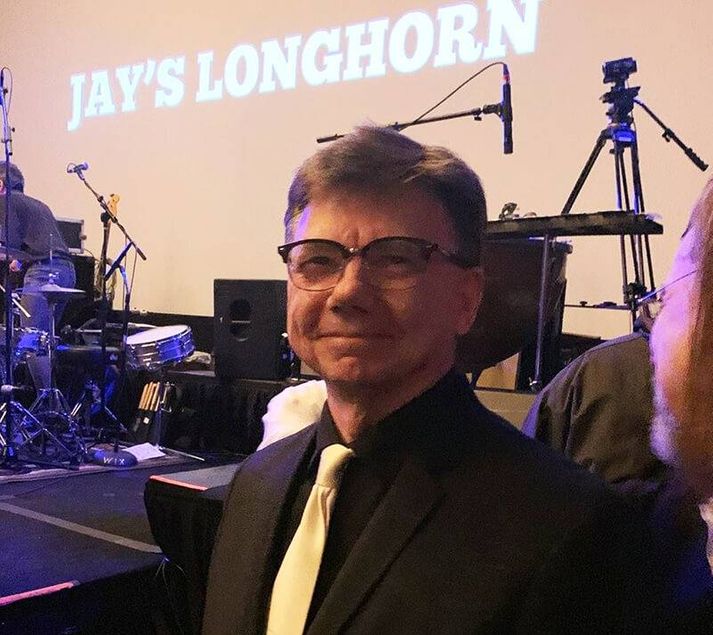
Q&A With Mark Engebretson
Can you describe The Longhorn for people who are unaware of it?
Mark Engebretson (ME): It was truly the first club in Minneapolis that allowed, on a regular basis, Punk Rock/New Wave bands to play. Most or many of these early bands were playing the ballroom circuit in the upper Midwest and mostly played cover songs. Because many of them were also writing original material, they knew they needed a more welcoming club and they actually worked together to find a club. They landed at the Longhorn. In the view of many, this was the beginning of the Minneapolis Punk Rock/New Wave/Alternative Rock scene.
What makes the The Longhorn a subject worthy of a feature-length documentary?
ME: It lasted such a short time and took place more than 40 years ago, which makes me fear the entire period is at risk of being forgotten. It's important Minnesota history.
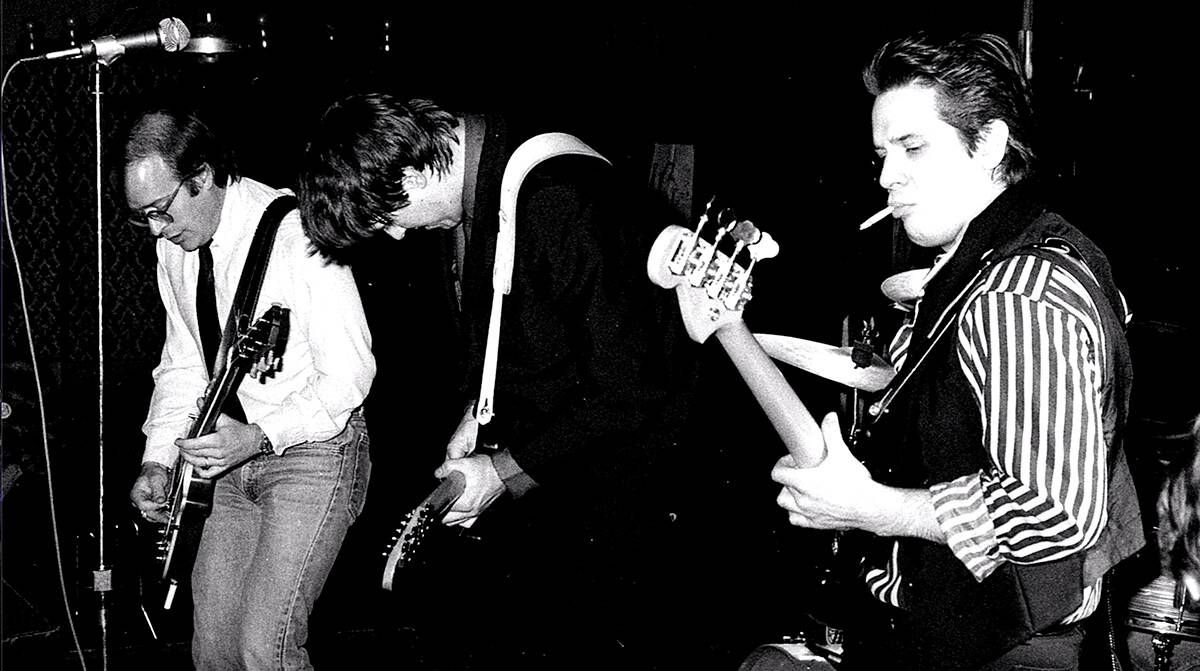
What’s your connection to The Longhorn, and why is the subject important to you?
ME: I was in high school in the mid-1970s and pretty much disliked all of the music I was exposed to — which was pretty much the Top 40 of the day. After high school, I met Bill and Ernie Batson, and on July 1, 1977, they took me to Kelly's Pub in St. Paul to see a band I had never heard of: The Ramones. Also on deck that night: The Suicide Commandos. Everything changed — for the better. A week or so later, I saw Curt Almstead in Thumbs Up at Jay's Longhorn. I became a regular. I recall how fresh the scene felt and how everyone seemed to rally around anything new. I was a very young adult trying to figure out my place in the world, and the Longhorn was a new home for me and the Batsons and the friends I met through them were my new family. I ended up in a band called the MORs, which played a few times at Longhorn, and later we morphed into the Whole Lotta Loves and gigged often at the Entry. But the Longhorn will always be just a bit more special to me.
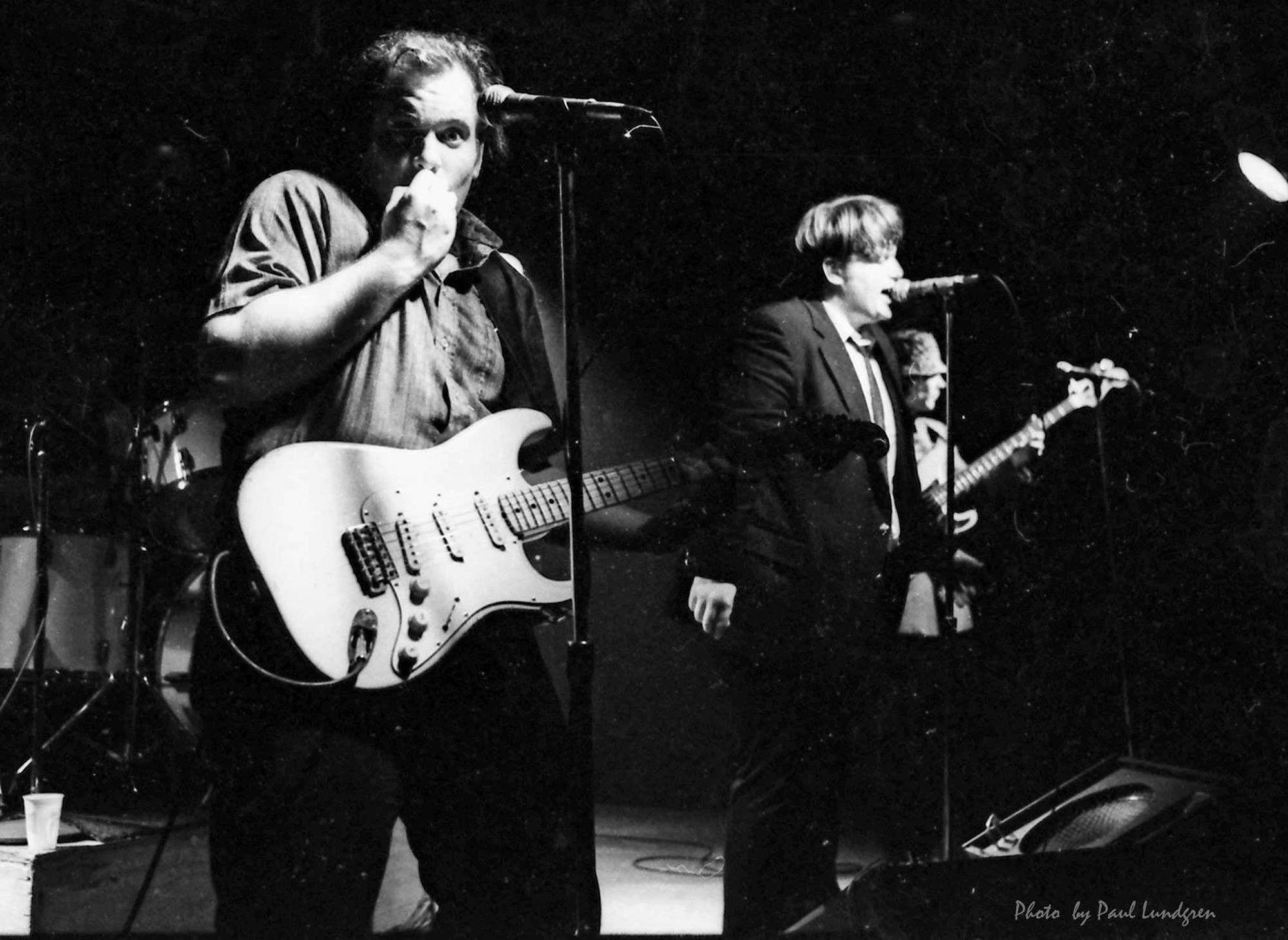
How did the idea for the film come about?
ME: I have some background in video, am a former journalist, and have for many years thought about doing a documentary film on that time period. When The Suicide Commandos reunited to open for the Sonics on March 1, 2014 at First Avenue, I decided it was now or never.
Can you describe your process for research - where did you find archival film, video, photographs?
ME: There isn't much in the way of video or film, but I ended up with many great photos — most of it was through networking on Facebook, to be honest. Film of NNB was acquired after making a request for b-roll on the Longhorn Facebook group page and a woman from Hong Kong got back to me. She's from Minnesota and was part of the Longhorn scene. Some other people reached out to me — that's how I received some great footage of The Suburbs. Some friends connected me to their friends. I also did a lot of digitizing on my own of negatives, scans of posters, fliers, ads, etc. And I combed through old newspapers for research and to verify facts.
How many people have you interviewed for the film?
ME: At least 60. And that's not enough, in some ways. I focused primarily on the foundational bands, but many great local bands came later in the Longhorn run, like the Wallets, the Phones, etc. which are not well represented in the film. But it's hard to include everything.
Can you give us a few examples of who you’ve interviewed and their relevance to the club?
ME: I interviewed many musicians from the time period — those from the core bands of the time: Commandos, Flamingo, Curtiss A, The Suburbs, etc., Karen Haglof from the Spitphire/Wad/Crackers, plus many others. I also interviewed several writers from the time — Marty Keller, Tim Holmes are two. Peter Jesperson, who was critical to that scene and played so many roles — is most prominent in the film. Also Paul Stark, who was at Twin Tone, but also helped build the club's P.A., which isn't addressed in the film. I also interviewed Steve McClellan from Uncle Sam's/7th Street Entry/First Avenue, who was in many ways competing with the Longhorn (though he'll say he was competing with Duffy's). And, of course, fans and people whose own lives were changed by the club — people like Terry Katzman and Mark Trehus.
What are you most happy about with the finished film?
ME: I think it tells a story about the creation/development of the Minneapolis alternative rock (for lack of a better label) scene that really rings true. And I think it can be enjoyed by people who weren't there — either because they lived somewhere else or they weren't yet born.
Was there anything unexpected you learned about The Longhorn?
ME: I learned an awful lot about Hartley Frank, most of the deplorable details of which didn't make it in the film. I also learned that a lot of people liked him. My recollection is that he was universally disliked. But that's not true. Having said that, I think there's general agreement from people who were there that Hartley's interest was not in music or in maintaining a cool club for local and touring Punk Rock/New Wave acts. I wonder if someone like Steve McClellan was running things or if original owner Jay Berine had stuck around whether it ever would have closed.
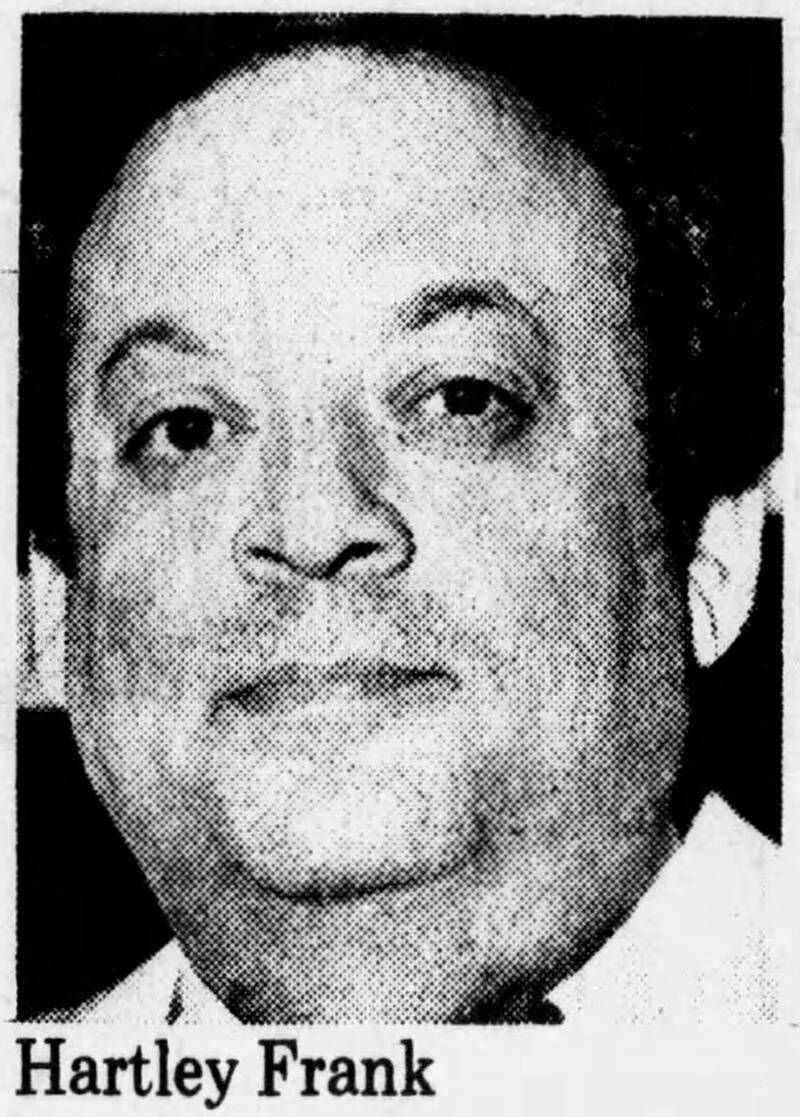
Can you tell us a little about the reunion concert and film premiere?
ME: There will be a Longhorn Reunion Concert on Saturday, March 30 at the Parkway theater. Music begins at 7:30. This will be a rare showcase performance from the bands that came to define Minneapolis music of the late 70s and early 80s. The film premiere will be March 31, 1 p.m., at the Parkway. A panel discussion will follow. The event is sold out, but we've added a second screening of the film, also March 31, at 6 p.m.
How can people see the documentary after the premiere?
ME: I'm hoping to screen it at some film festivals around the country this spring and summer and plan to release it on DVD/Blu-ray and online platforms, like iTunes, in the fall.
Now, if you've made it this far, we'd like to reward you with a bonus video: 20 seconds of Curtiss A playing on KTCA's Nighttimes Variety.
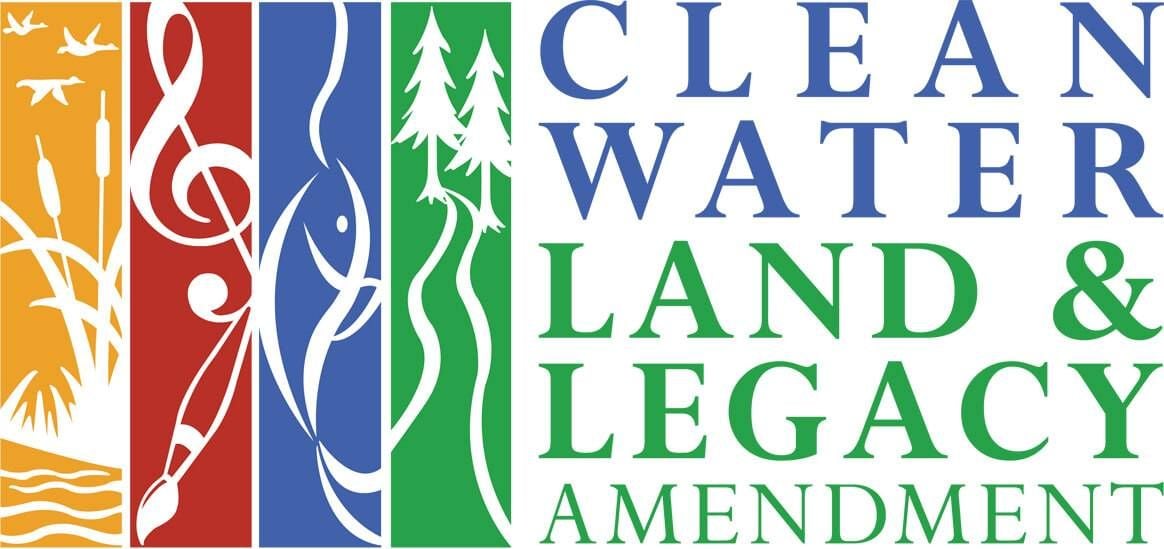
This story is made possible by the Arts and Cultural Heritage Fund and the citizens of Minnesota.
